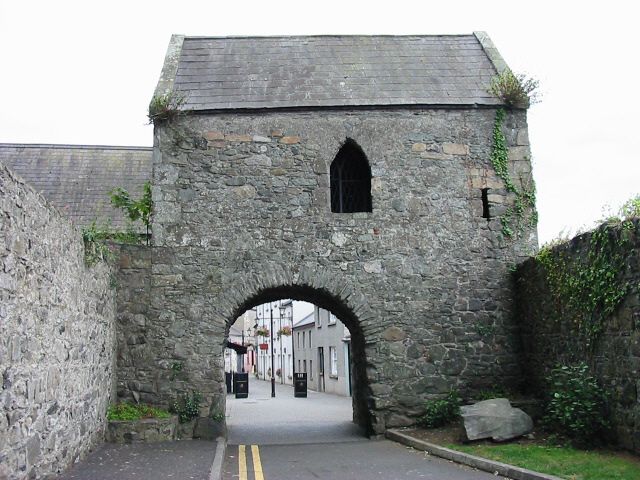|
Carlingford Castle
King John's Castle, also known as Carlingford Castle, is an enclosure castle and National Monument (Ireland), National Monument located in Carlingford, County Louth, Republic of Ireland, Ireland. Location King John's Castle is located in Carlingford town's harbour, halfway along the south coast of Carlingford Lough. History Carlingford Castle's west wing was built in the late 12th century by Hugh de Lacy, Lord of Meath shortly after the Norman invasion of Ireland. It acquired the name "King John's Castle" after John, King of England, King John, Lord of Ireland, supposedly stayed there for three days in 1210, during his second expedition, when he invaded Ulster to apprehend Hugh de Lacy, 1st Earl of Ulster. Local myth claims that he began to draft Magna Carta (agreed in 1215) at Carlingford. Other accounts associate its construction with Ralph Pepper in 1204. The east wing of the castle was added c. 1261. In 1326 the castle was committed to Geoffrey le Blound. Edmond Loundres ... [...More Info...] [...Related Items...] OR: [Wikipedia] [Google] [Baidu] |
Carlingford, County Louth
Carlingford (; ) is a coastal town and civil parish in northern County Louth, Ireland. For the purposes of local government, the town is part of the Dundalk Municipal District. It is situated on the southern shore of Carlingford Lough with Slieve Foy mountain as a backdrop, sometimes known as Carlingford Mountain. It is the main town on the Cooley Peninsula. Located on the R176/ R173 roads between Greenore and Omeath village, Carlingford is approximately north east (by road) from Dundalk (15.6 km; 9¾ miles directly), north of Dublin and south of the border with Northern Ireland. Carlingford won the Irish Tidy Towns Competition in 1988. Carlingford still retains its medieval layout noticeable by the narrow lanes and small streets. Tholsel Street is where the last of the medieval walled town's gates can still be seen, called "The Tholsel" which apparently was also used as a gaol, on Tholsel Street itself there is still a 16th-century Town House known as the Carling ... [...More Info...] [...Related Items...] OR: [Wikipedia] [Google] [Baidu] |
